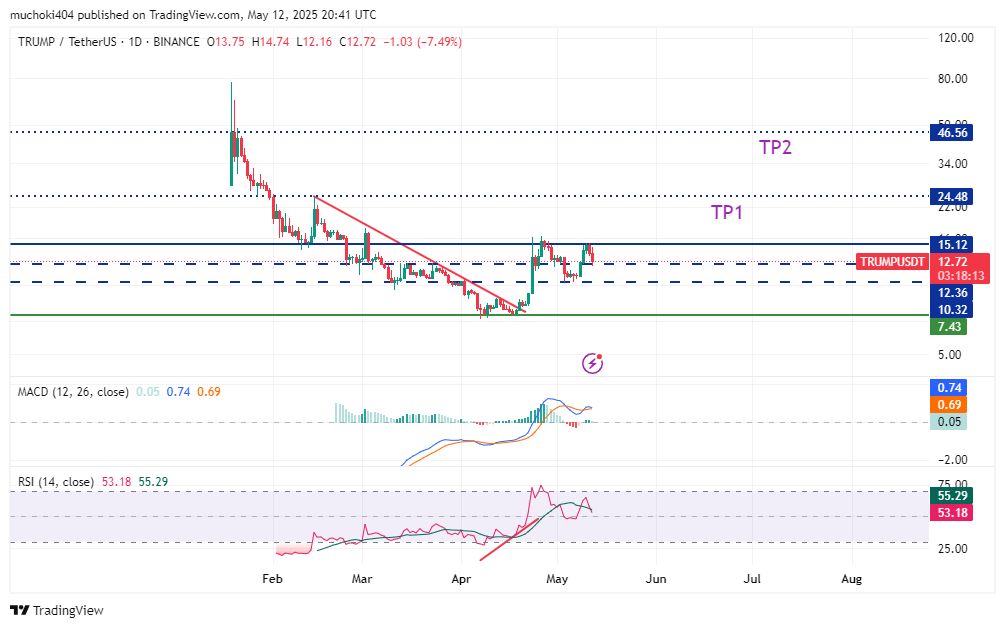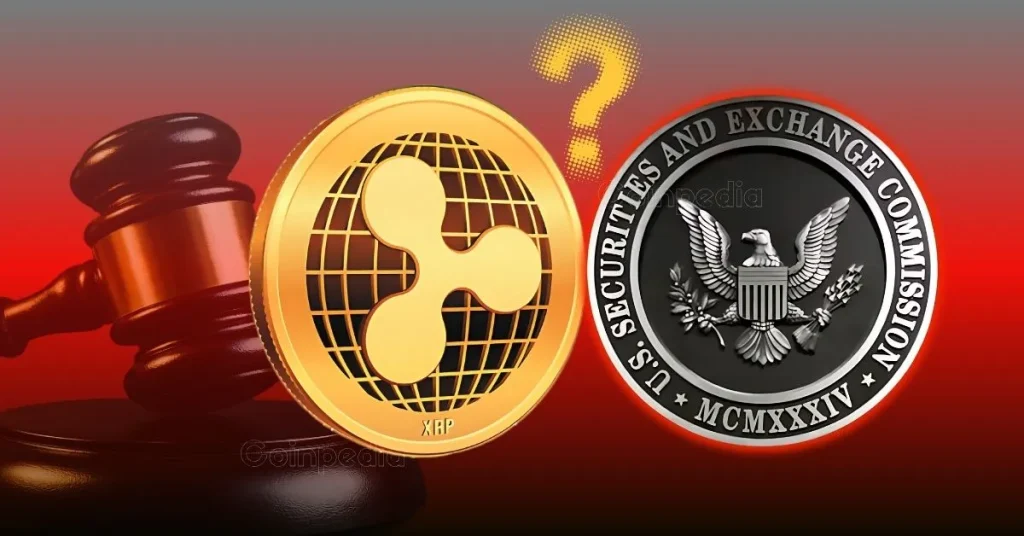
The post Trump Meme Competition Closes: Result for the Top 220 $TRUMP Holders Invited to Donald Trump’s Dinner Released appeared first on Coinpedia Fintech News
- The Trump Meme project announced an exclusive TRUMP NFT collection for everyone who signed up for the leaderboard.
- $TRUMP price has recorded a significant increase in daily average traded volume amid anticipated further price uproar.
The Trump meme project announced the result and details of the $TRUMP competition launched last month. According to the announcement, all the top 220 $TRUMP token holders on the leaderboard were sent an email with further details of the dinner with the U.S. President Donald Trump on May 22, 2025.
In addition to the invitation, the Trump meme project also announced a unique NFT collection for the top 220 holders. As for the rest of the participants, an exclusive TRUMP NFT was created.
In a bid to incentivize more whale holders, the Trump meme project announced that a special TRUMP DIAMOND HAND limited Solana NFT will be reserved for the top 220 invitees that hold the same amount of TRUMP tokens as the time of the final leaderboard announcement.
“The next era of $TRUMP will be announced at the dinner! See you there! Black Tie preferred, but optional,” the announcement noted.
What Next for $TRUMP Price Action
Following a successful bullish breakout from a macro-falling logarithmic trend, the TRUMP token experienced the first major resistance around $15. The mid-cap memecoin, with a fully diluted valuation of about $14.21 billion, recorded an 84 percent surge in daily average traded volume to about $2.86 billion on Monday, May 12, during the mid-North American trading session.

From a technical analysis standpoint, TRUMP’s price, in the daily timeframe, is well positioned to rally towards $24, if it rebounds from the support range between $10.32 and $12.36. Furthermore, the daily MACD line has already crossed above the zero line amid the highly anticipated altseason for 2025.







